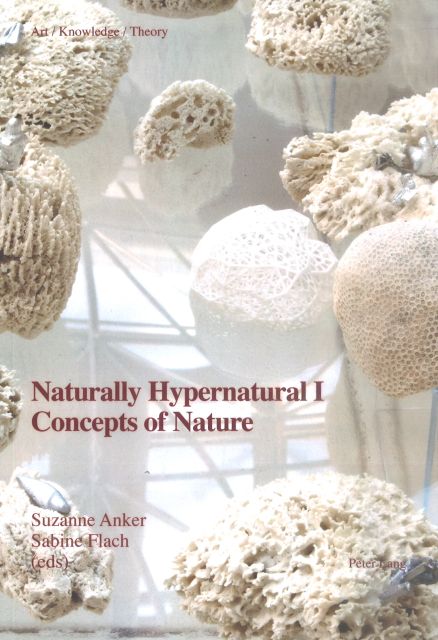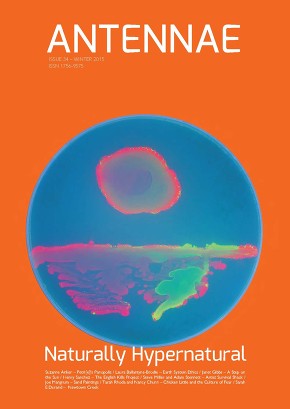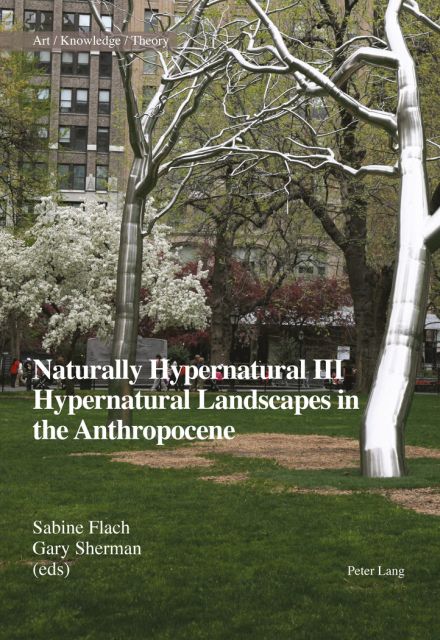Nature is booming. If you look at the latest trends in contemporary art or at the major international art events that have dominated the last two years (documenta, Biennale, Ars Electronica), you can see a striking dominance of "nature"; at the same time, however, its manifestations are radically new. And this is interesting, because a combination of "nature" and "art" seems to be nothing new. All the more so in the 20th century, which is dominated in many respects by artistic practices, techniques, strategies and materials that make use of nature. As a material - such as Land Art or as an ecological aesthetic movement, such as Eco Art. This was also accompanied by a variety of art theoretical and philosophical considerations. One outstanding attempt, for example, was to develop a philosophy as an ecology of nature. A prominent thinker here is the German philosopher Gernot Böhme. In view of this coexistence of "nature" and "art", it is not surprising that this renaissance has not gone unnoticed by the latest art history, cultural theory, history of science and architecture. Artistic phenomena, such as those shown at the last documenta, are then quickly placed in a context that is assigned to land art or ecologigal art, for example. For not only does such a specification or localization in the art history of the 20th century simply place the new works of art in a "grand recit", which must necessarily omit their specifics and precisely the "new", it is currently not about nature as a material or object of art. For if the material is also the art, there is - logically - no longer any distinction between nature and art. But where would art be then, and where is nature? Something is clearly 'different' at the moment, because: Long-traditional genres of nature representations in art - such as the landscape painting, the idyll, land art, the environment, etc. - do appear in art, but at the moment of their appearance they elude the familiar appearance. Architects and artists develop entirely new landscapes with completely unexpected, new materials and thus decisively raise their voices in thinking about sustainability debates in ecology; moreover, sustainability is decisively rethought from this perspective and the "environment" takes on a new dimension in terms of how it should be thought of. "Nature" as a topos allows the "appearance" of a completely new type of artist, in which the scientist and the artist do not mix out of pure ambition for the other field, but in which the artist is always already a scientist in terms of his training and vice versa. And what change has taken place when an animal is no longer in art - for example as the subject of a representation or part of a work of art - but is the work of art? Dealing with "nature" in contemporary art allows us to ask the question of what "life" is all about in a completely new way and can thus pose the art historical question again: how much "life" does a still life contain?
And above all: how artificiality and naturalness actually relate to each other. What about the traditional symbolism of animals and plants in contemporary art? What is the content of the magical, for example in fairy tales, and how are these worlds created in contemporary art? How can these phenomena of nature in art be thought of historically beyond a systematic and interdisciplinary view of such art? And how does such "nature" in art change art and its theory?
Project management:
Sabine Flach, Department for Arts and Musicology, University of Graz
Cooperation partners and collaborators:
Suzanne Anker, SVA Fine Arts Department, New York
Events:
International Conference "Naturally Hypernatural I: Concepts of Nature", Graz, June 13-15, 2014
Conference exposé: Suzanne Anker and Sabine Flach
International Conference "Naturally Hypernatural II: Visions of Nature", New York, November 14-16, 2014
Conference synopsis: Suzanne Anker and Sabine Flach
International Conference "Naturally Hypernatural III: Hypernatural Landscapes in the Anthropocene", Graz, June 3, 2015
Conference synopsis: Sabine Flach and Gary Sherman
Junior researcher conference "My goal is the maintenance of indifference", Graz, November 25, 2016
International Conference "Naturally Hypernatural IV: "The Hothouse Archives: Plants, Pods and Panama Red", New York, November 16-18, 2018
Conference exposé: Suzanne Anker and Sabine Flach
International Conference "Naturally Hypernatural V - Questioning the Non-Human Other", Graz, October 17-19, 2019
Conference synopsis: Anne-Grit Becker and Karoline Walter
Publications:
Suzanne Anker / Sabine Flach (eds.): Naturally Hypernatural I: Concepts of Nature, Peter Lang, 2016
Antennae Issue 33: Naturally Hypernatural II: Visions of Nature, Fall 2015
Antennae Issue 34: Naturally Hypernatural II: Visions of Nature, Winter 2015



